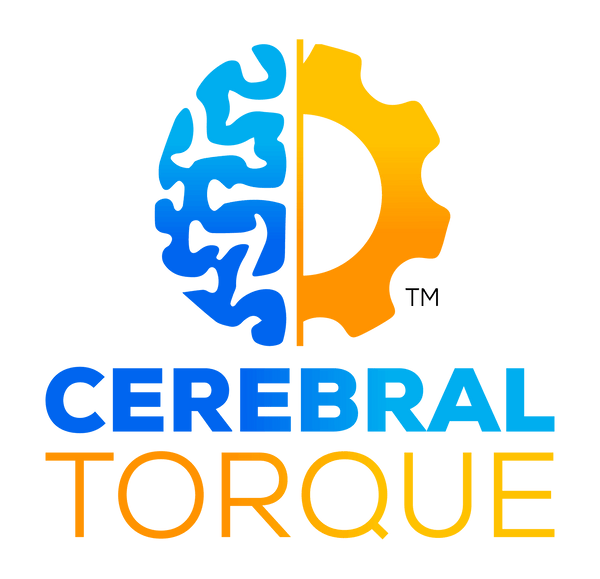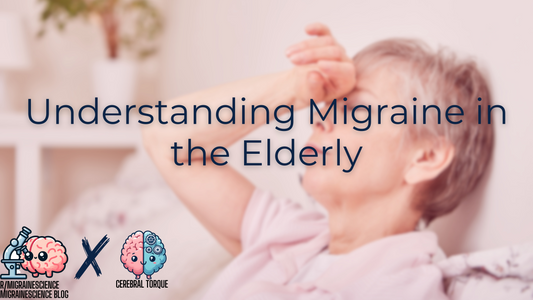
The Migraine Brain Does NOT Like Routine: Do you want to win the battle or the war?
Cerebral TorqueShare
Many in the migraine community have heard the common phrase "the migraine brain loves routine." However, a recent study suggests that this advice, while potentially helpful in the short-term, may be counterproductive for managing chronic migraine in the long run.
While it may be tempting to assume that the migraine brain thrives on routine due to its apparent short-term benefits, adhering to a strict routine has never been a effective long-term solution for managing migraine disease. Although a predictable lifestyle might help reduce the frequency or severity of individual migraine attacks, it can also lead to a restricted and unfulfilling life. Moreover, a recent study suggests that the migraine brain, in fact, despises routine in the long run, and that a lack of novel experiences may prevent it from breaking free from the vicious cycle of chronic pain.
The study, published in The Journal of Headache and Pain, found that exposing mice to an enriched environment (EE) with increased opportunities for movement, exploration, socialization, and novel experiences significantly reduced hyperalgesia (increased sensitivity to pain) in a nitroglycerin-induced chronic migraine model. The researchers housed adult female mice in either a standard environment or an EE for 2 months before inducing the chronic migraine model.
Mice in the EE exhibited increased mechanical and thermal pain thresholds, indicating reduced hyperalgesia, compared to those in the standard environment. The EE mice also showed decreased expression of c-Fos (a marker of neuronal activation) and CGRP (a neuropeptide involved in migraine pathogenesis) in the trigeminal nucleus caudalis, a key relay center for head pain. Furthermore, EE reduced microglial activation and inflammatory responses in this brain region.
RNA sequencing analysis revealed that EE modulated several signaling pathways related to central sensitization, a process of heightened pain sensitivity in the central nervous system that plays a key role in chronic migraine. EE also downregulated the expression of VGluT1, a protein involved in the synaptic release of the excitatory neurotransmitter glutamate.
These findings suggest that, contrary to popular belief, a migraine brain may benefit from regular exposure to novel, enriching experiences. While sticking to a strict routine can provide temporary relief by avoiding potential triggers, it may reinforce maladaptive pain responses in the long term. On the other hand, EE appears to make the brain more resilient to pain by reducing central sensitization and neuroinflammation.
Of course, mice are not humans, and what works for a rodent in a lab may not directly translate to people with migraine. The ideal "dose" and type of enrichment for the human migraine brain remains to be determined. However, this study provides compelling evidence that variety and new experiences, in moderation, may be key to taming hyperexcitable pain pathways and breaking the cycle of chronic migraine. The migraine brain, it seems, does not love routine after all.

